What is SP (Sensory Processing)?
Sensory Solutions in the classroom
The information that follows can also be read in Sensory Solutions in the classroom. In this book we provide plenty of examples and background information!
Everything about our body is of course a great miracle. But Sensory Processing (SP) is a very special miracle. It is the fantastic cooperation between the senses and the brain.
Sensory processing is a main task of your body. Sensory processing is something that everyone does all the time, everywhere. You too. Now. At this moment, and the next, and the next, you are receiving all kinds of input through your senses. Input such as colours, smells and sounds. This input is passed on to the brain. The brain will process the input and assess whether a response is necessary.
Response
Depending on the evaluation of the input, an action follows, such as:
- you pinch your nose because you think something smells (scent input)
- you turn the music down because it is too loud (sound input).
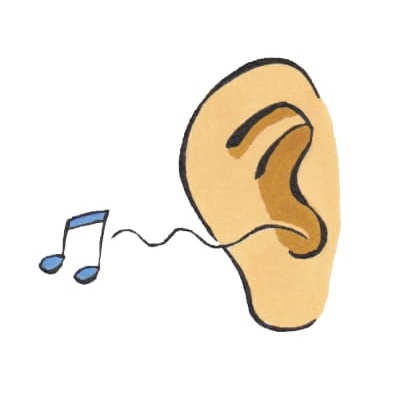
There are always sensory stimuli
Through SP, we expercience the outside world and our ‘inside world’. By registering and processing input, we are in contact with the world, our environment, with each other and with ourselves. Yet we know little about this proces and we hardly notice it. You are always busy with sensory input from outside and inside the body, because you are constantly receiving input through your senses. For example, at one moment in time this may happen; you are
- looking at a video
- balancing on two legs of your chair
- listening to what the presenter says in the video
- feeling it’s hot in the room
- smelling the smell of freshly cut grass
- moving your pencil between your fingers
- tasting the apple you ate
- noticing that you need to go to the toilet
In the meantime, much, much more sensory input is processed by the body, but you are not aware of all of it. You would go crazy if you were aware of all sensory input. For example, you do not consciously receive input that keeps repeating itself (such as the sound of a ticking clock). This input has no function. You no longer hear the ticking. Unless you’re overresponsive, but more on that later.
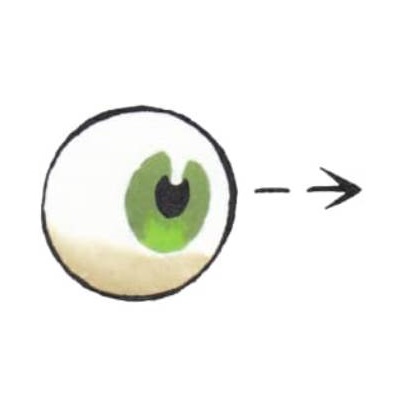
Looking
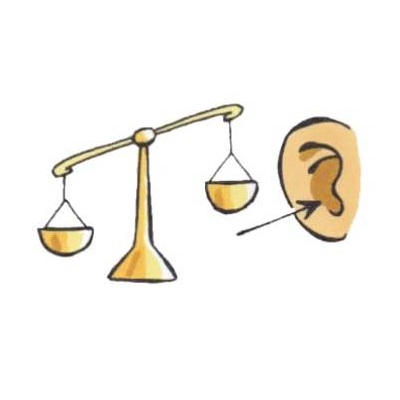
Balancing

Listening
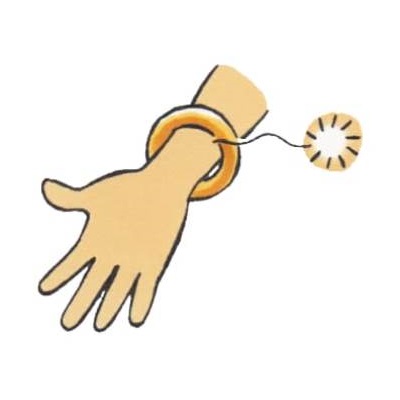
Feeling

Smelling
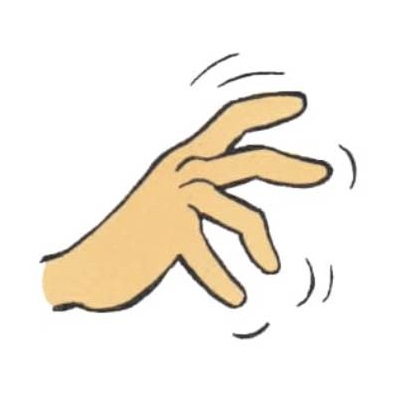
Moving

Tasting
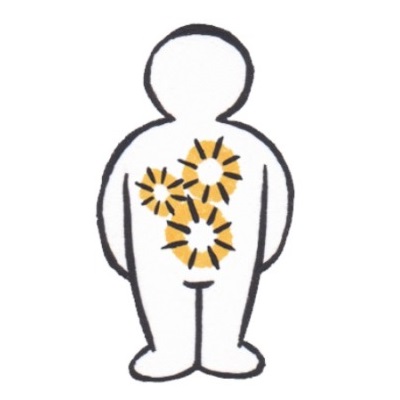
Noticing
The SPi-Glasses
With (the proverbial) SPi-glasses on you see that you are always busy with sensory input from outside and inside the body. You know that the brain is busy processing all this input and that behavior is partly a result of how the brain does this. With the SPi-glasses on, you assess people’s behavior in a different way. You see whether people show through their actions whether they need more or less sensory input.
The combination of receiving and processing information and the response to that information is what matters; this should be a fluent process.
How do you process sensory input?
For all actions you depend on the information you receive through your senses; you see, hear, feel, balance, move, smell, taste and react to it. The nervous system makes decisions all day long about whether something is important enough to pay attention to and whether something is good for the body or not. The brain does this by prioritizing input. Sensory input could be:
Very important, in other words VIP (Very Important to Process)
Input that can cause damage to the body and that has to do with survival must always be VIP . This input warn us of danger, such as:
- The water coming out of the shower head is piping hot.
When you feel that the water from the shower is scalding hot, then you need to take action, because letting it continue touching you, will burn your skin.
Interesting
Input that is very nice, has your preference or is very annoying and therefore needs your attention, is interesting, such as:
- The beep of your phone.
This is the sound you have chosen to hear when you have received a new message.
Useful
This is input that ensures that we get through our day in a good way. It ensures that we make adjustments that suit the situation. Such as:
- You hear it starting to rain.
You think of the laundry, it’s still hanging outside. Smart to bring it in.
Dull
This is input that has been registered so often that it no longer receives special attention. This is why a large part of all sensory input remains in the background. It doesn’t reach the cerebral cortex. You do not notice this input, you do not become aware of it, so that you can continue with what you are doing. Input such as:
- The sound of the dryer running.
This is not an important sound to you. You will automatically hear it when the laundry is done, because then the dryer will beep.
But unfortunately, sometimes things go wrong. In this case the priority given to input is not correct and then a person is underresponsive or overresponsive.
